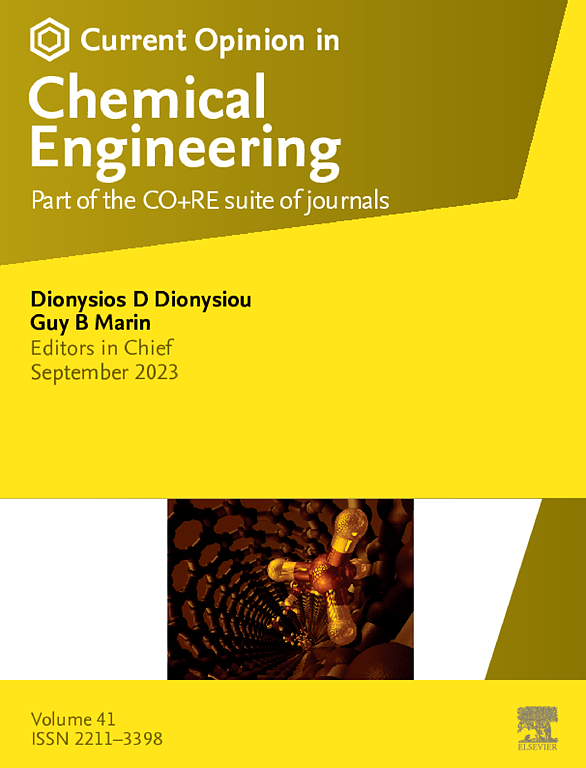Ultrasonic activation of persulfate for removal of aqueous pollutants: cavitational versus thermal mechanisms
IF 6.8
2区 工程技术
Q1 BIOTECHNOLOGY & APPLIED MICROBIOLOGY
引用次数: 0
Abstract
Sulfate radicals have been extensively studied for application in advanced oxidation processes owing to their excellent oxidizing power and efficacy. Recently, ultrasound (US) technology has emerged as a promising method for activating persulfate (PS). This work provides a critical review of the removal efficiencies and pseudo-1st-order degradation rates in only-PS, only-US, and US/PS processes to clarify the ultrasonic activation mechanism in US/PS systems. Experimental data from 53 cases across 15 studies were analyzed, and synergistic effects were evaluated. In only-PS processes, significant activation below 40°C was rarely observed, with few exceptions. Although several researchers reported high synergistic effects in US/PS processes, most cases showed low or negligible synergistic effects. High synergistic effects were attributable to incomplete cooling systems, low pollutant concentrations, and high PS/pollutant ratios. Therefore, the ability of acoustic cavitation to activate PS without thermal activation induced by US attenuation below 40°C remains debatable.
超声活化过硫酸盐去除水中污染物:空化与热机制
硫酸盐自由基由于其优异的氧化能力和氧化效果,在高级氧化工艺中得到了广泛的应用研究。近年来,超声(US)技术已成为一种很有前途的活化过硫酸盐(PS)的方法。本文对纯PS、纯US和US/PS工艺的去除效率和伪一阶降解率进行了综述,以阐明US/PS系统的超声活化机制。分析了15项研究中53例病例的实验数据,并评估了协同效应。在仅ps过程中,很少观察到低于40°C的显著激活,只有少数例外。尽管一些研究人员报告了US/PS过程的高协同效应,但大多数病例显示低协同效应或可忽略不计。高协同效应可归因于不完整的冷却系统,低污染物浓度和高PS/污染物比。因此,声空化激活PS的能力在40°C以下没有US衰减引起的热激活仍然存在争议。
本文章由计算机程序翻译,如有差异,请以英文原文为准。
求助全文
约1分钟内获得全文
求助全文
来源期刊

Current Opinion in Chemical Engineering
BIOTECHNOLOGY & APPLIED MICROBIOLOGYENGINE-ENGINEERING, CHEMICAL
CiteScore
12.80
自引率
3.00%
发文量
114
期刊介绍:
Current Opinion in Chemical Engineering is devoted to bringing forth short and focused review articles written by experts on current advances in different areas of chemical engineering. Only invited review articles will be published.
The goals of each review article in Current Opinion in Chemical Engineering are:
1. To acquaint the reader/researcher with the most important recent papers in the given topic.
2. To provide the reader with the views/opinions of the expert in each topic.
The reviews are short (about 2500 words or 5-10 printed pages with figures) and serve as an invaluable source of information for researchers, teachers, professionals and students. The reviews also aim to stimulate exchange of ideas among experts.
Themed sections:
Each review will focus on particular aspects of one of the following themed sections of chemical engineering:
1. Nanotechnology
2. Energy and environmental engineering
3. Biotechnology and bioprocess engineering
4. Biological engineering (covering tissue engineering, regenerative medicine, drug delivery)
5. Separation engineering (covering membrane technologies, adsorbents, desalination, distillation etc.)
6. Materials engineering (covering biomaterials, inorganic especially ceramic materials, nanostructured materials).
7. Process systems engineering
8. Reaction engineering and catalysis.
 求助内容:
求助内容: 应助结果提醒方式:
应助结果提醒方式:


